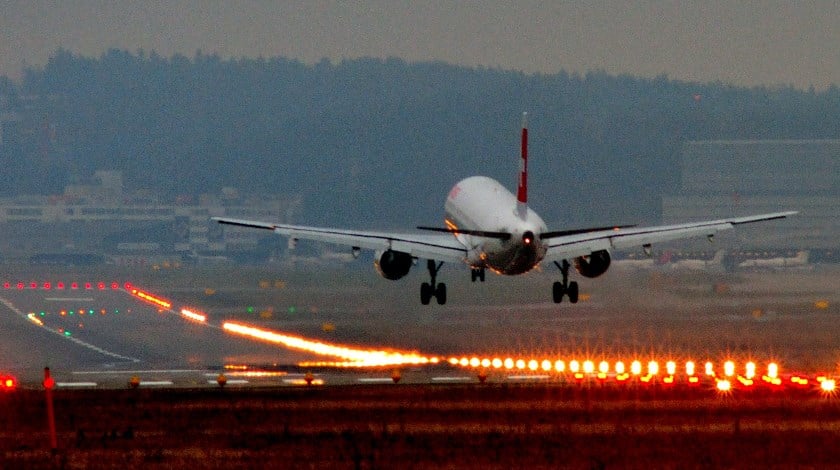Video of a recent landing in Sao Paolo went viral as an aircraft, billowed by gale force cross-winds, was forced to abort a landing attempt despite touching down on the runway with its rear wheels. Unfortunately, that video would be the only time the pilot operating that particular flight would be able to see himself land.
The reason is that flight data analysis, the primary method airplane pilots receive feedback during training today, is a rigid and analytical exercise that involves trainees and pilots to determine where to make amendments in their skill and technique by reading a spredsheet of numerical tables.
No part of the feedback has a visual element, which hinders pilots from making any kind of decision that is easily comprehensible, says Pierre Wannaz, senior advisor, CEFA.
Wannaz is a trained A330 and A340 captain and says pilots need to have a lot more help in understand how to deal with challenging conditions such as the weather.
“Pilots haven’t been able to see any visualisation of themselves during the landing process which would provide a lot of help in fully understanding complicated situations,” says Wannaz.
Analytics data provider, CEFA, partners on technology solutions with a number of the world’s biggest airlines. Now it’s aiming to change pilots training by reading numerical data to help ‘replay their flights’ and letting them see their decisions and landiings visualised as animations, accessible on demand and on any personal device.
“In a challenging situation, a holistic view is hard to achieve. This new system will allow pilots to mirror their decisions to understand how it affected the situation,” says Wannaz.
CEFA AMS takes information that was previously only available as a series of numerical readings and converts them into an animation.
Capable of being played on any smart device, the animation is then bolstered by readings from the various gauges and calibrating tools pilots use to make split second decisions during a flight that mirror the exact movements an aircraft made during an attempted landing.
What is visualized as a video game is made possible with the advance of tablets, cloud technology, and wireless quick access recorders, says Dominque Mineo, CEO, CEFA. “These have been the key success of the service because they help get data as soon as possible after a landing. We can have a video ready in about seven minutes if the data is available,” he says.
CEFA AMS could be a revolutionary tool that can visualise what we haven’t been able to see yet,” according to Hideo Morika, chief of flight data analysus at All Nippon Airlines (ANA).
ANA flies 1,000 hours per day with 3,000 pilots and uses the technology because needs operations to be as safe as possible, he says.
“It’s important to raise core pilot skills including monitoring, crew resource management as well technical skills. And the right animation allows that to become a reality. And over 88 percent of our pilots commend the programme and the AMS could be the new way to self-train,” says Morika.

